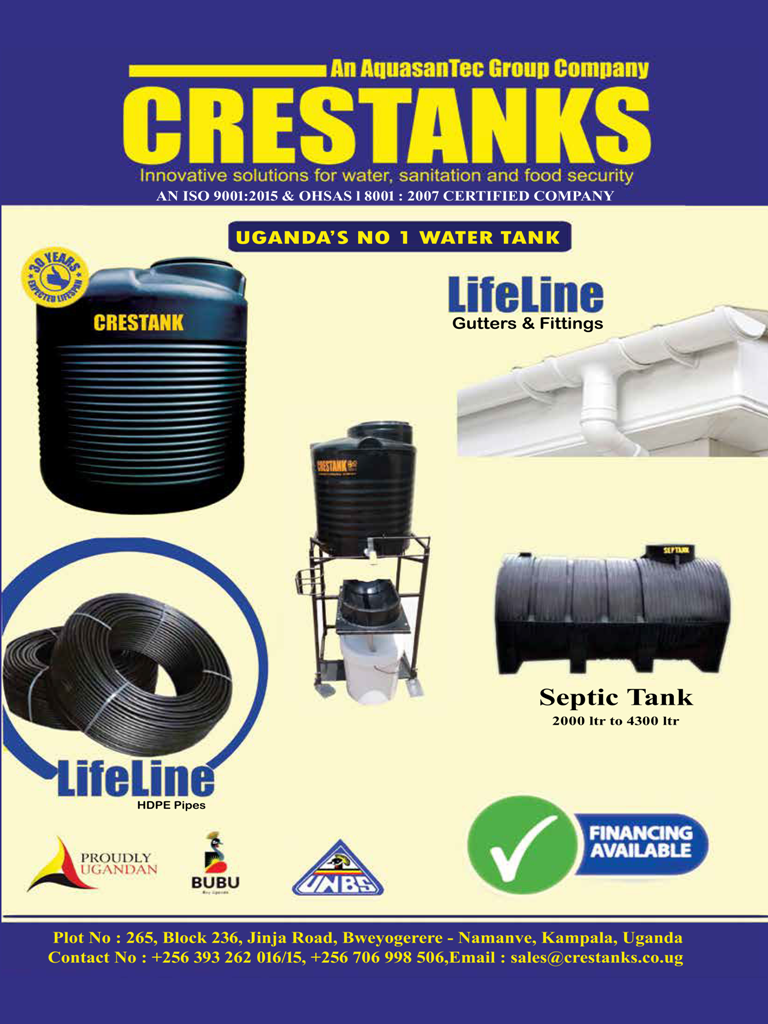By Clement
ARUA. Despite several strategic interventions by partners in the water and sanitation department to improve handwashing among refugee communities in West Nile, statistics still show low uptake among the asylum seekers and refugees.
The average sanitation coverage among the four settlements in West Nile covered by Water Mission stands at 70% while handwashing has remained at 34%.
This, according to the partners, demands for more effort to scale it up. Lawrence Otika, the Humanitarian Response Manager at Water Mission, which works in the settlements of Madi-Okollo, Imvepi, Rhino Camp, Bidibidi and Kiryadongo, said majority of the asylum seekers still question the practice of washing hands.

“If you look at the statistics for handwashing, it has really not been very good. One of the major barriers to effective handwashing amongst the refugee community and one that we cannot run away from is the vulnerability that still exists. And so the funding is not adequate to buy handwashing facilities,” Otika says.
He adds that handwashing is not taken as something important among refugee communities, which makes it a challenge for them to adapt to this positive behaviour.
“There has also been a funding gap which has led to a reduction of a number of partners within refugee operations to amplify the message of positive and hygiene. So, the level of handwashing has also been reduced,” Otika adds.
The continuous influx in areas like Imvepi and Rhino Camp also makes it a challenge due to reduced funding coupled with other demands.
Poor soil texture for toilets
Because of the loose texture of soils – mainly sandy, in some of the settlements – the toilets keep collapsing whenever it rains, giving them a challenge to access toilets. The most affected areas are Rhino Camp and Zone Five in Bidibidi settlement in Yumbe district.
Latrine construction material has also been another challenge to refugees as the majority of tree cover in the camp is depleted.
However, Solomon Osakan, the refugee Desk officer at the office of Prime Minister in Arua, says sometimes access to water in settlements is caused by cattle keepers who deliberately cut the water pipes in order to feed their animals.
“Our water pumps are solar-powered but sometimes the panels are stolen and when this is done, where there is no water, the cattle keepers also cut the water pipes, especially during dry season to feed their animals,” Osakan explains.
On sanitation, Osakan explains that while they had dug drainable pit latrines for the refugees, they did not plan for lagoons where to dump the fecal matter. The humanitarian partners like OXFAM provided a cesspool emptier.
He, however, expresses pessimism for refugees that in future if the funding for water programmes in the settlements is not improved especially for care and maintenance, most water points would break down.
The water, sanitation situation
According to the Water Mission, now they supply at least 17 litres of water per person per day in the settlements.
On October 15, Arua hosted the global handwashing day, an advocacy day dedicated to the importance of handwashing with soap as an effective tool to prevent diseases and save lives.
According to the Arua district water officer, Patrick Odongo, safe water usage in the district stands at 53%, while in urban areas water coverage is at 80%, latrine coverage at 72%, and handwashing at 28%. The pupil to toilet ratio is at 1:99.

















